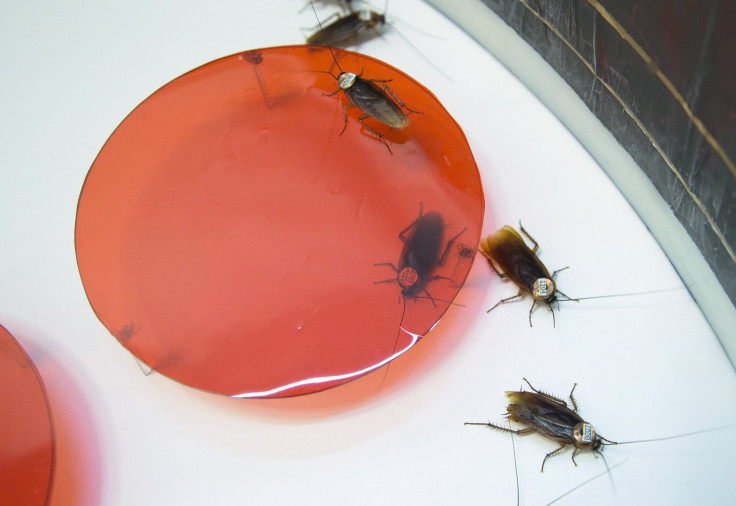How To Exterminate Cockroaches: Get Rid Of The Females First, New Study Finds

A research team from Hokkaido University found female cockroaches living in close proximity to other females were more likely to reproduce even without males present, which may explain why cockroaches were able to exist for at least 300 million years.
The study, published Monday, observed three American female cockroaches and found their egg cases, or oothecae, matured faster when the females were together than when they were isolated, Japan Times reported.
"It explains well the fact that several female cockroaches will be able to maintain a colony in a more stable manner than a single female cockroach," the research team said in a press release.
Facultative parthenogenesis, or asexual reproduction, allowed female cockroaches to reproduce when mating partners weren't available. Unusually, parthenogenesis was actually more common than sexual reproduction for cockroaches, the study found.
"When more than three virgin females immediately after the imaginal molt were kept together in a small sealed container, they tended to produce egg cases via parthenogenesis earlier than did isolated females, resulting in apparent synchronization of ootheca production, even among females housed in different containers," the results of the study read.
Ko Kato, a graduate student who participated in the study, explained oothecae were formed when female cockroaches touched each other with their antennas, which are used for smelling and tasting. The females' antennas "triggered female-specific chemosensory signals," which promoted the asexual reproduction, the study said. More results of the data revealed oothecae formation was slower between a male cockroach and a female, in contrast to the all-female group.
"Another line of study showed that grouped females make parthenogenesis more sustainable than previously known. A founder colony of 15 virgin females was sufficient to produce female progeny for a period of more than three years," the study found.
The study also confirmed the ongoing battle to exterminate cockroaches may be futile. "It will be essential to prevent the spread of the females as there are cockroaches that can expand their habitat range through parthenogenesis," the research team said.
© Copyright IBTimes 2024. All rights reserved.






















